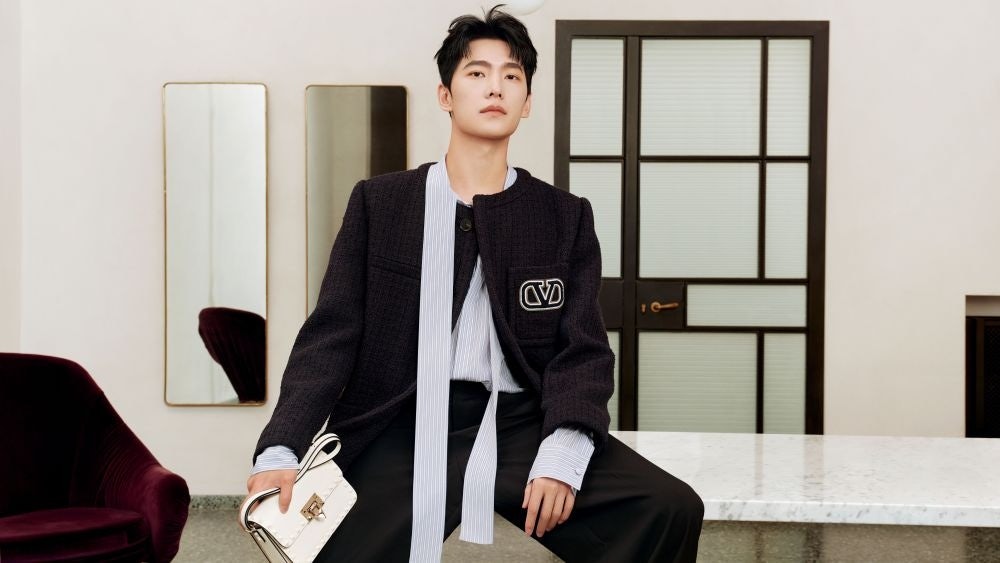The future success of luxury brands in China relies on their ability to effectively engage with the nation’s millennial and Gen Z consumer groups. According to industry experts, these two demographics will comprise a significant portion of the market in the next few years.
By 2025, millennials (born between 1981 and 1996) will account for 40 percent of the global personal luxury goods market, according to a 2017 report by Bain & Company and Farfetch.
“Chinese millennials and Gen Z are instrumental in the success of luxury brands in the world, even more so in China,” Jonathan Siboni, founder and CEO of Luxurynsight, a Paris-based data intelligence firm, tells Jing Daily.
A more youthful market will disrupt luxury’s growth path, says consultancy firm Bain in a 2018 report, which projects that millennials and Gen Z (born between 1997 and 2010) will compose 55 percent of the global market by 2025.
Siboni points out that China’s post-1980s generations already accounted for more than half of Chinese consumer spending on luxury in 2018.
“The future has always belonged to future generations, and now they even shape it,” Siboni says. “From products to communication to branding, luxury has progressively evolved to a younger sector, and to cater to ever younger consumers.”
Social media engagement trumps data collection#
McKinsey suggests that luxury brands need to adopt a different approach when targeting Chinese millennials. Instead of focusing on selling and data collection, brands should leverage social media platforms such as WeChat, Weibo, Xiaohongshu and Douyin, and live-streaming and mobile games to foster a sense of community and interactivity.
Wang Yajin, a professor of marketing at China Europe International Business School (CEIBS) based in Shanghai, stresses the importance of understanding where “target consumers spend their time,” especially in China’s digital and mobile-dominated consumer market.
“Brands must identify the platforms, content, and media preferences of their consumers in order to effectively communicate with them,” she says.
While communication channels, consumer interests, and popular culture may evolve, Wang explains that the core values luxury brands offer, such as extraordinary experiences and high social identity signaling value, remain consistent.
Jaehee Jung, a professor of fashion and apparel studies at the University of Delaware, who studies the psychology of clothing and consumer behavior across cultures, says brands must recognize that Gen Z and millennials value personalized experiences and derive satisfaction from in-store environments.
“To create a strong brand image, it’s essential for brands to consider how these consumers perceive their brand through all their senses, and offer amenities that are appreciated and leave a lasting impression,” she says.
As well as younger celebrities in the music and entertainment industries who serve as influencers, luxury brands should embrace micro influencers who produce the right type of content “because younger consumers can relate to them in more tangible ways,” she adds.

Millennials tend to rely on community recommendations and word-of-mouth when making luxury goods purchases, says Olivia Plotnick, founder of Wai Social, a Shanghai-based social media agency.
“They value the opinions and experiences of their peers and trust recommendations from people they trust. This is especially true for millennials who are digital natives and are active on social media platforms,” she adds.
Adam Knight, co-founder of cross-cultural agency Tong, says that in the 40 years since China’s Reform and Opening-up policy was implemented, new generations of shoppers have found themselves exposed to an increasingly large basket of luxury goods, with Chinese consumers consistently shown to be more curious and willing to try new products than their international peers.
“This has created a sector in which market share beyond the big names is in constant flux, driving creativity and innovation as brands seek to capture the hearts and minds of their target audience,” he says.
Winning over Gen Z with strong brand values#
China’s Gen Z presents both unique opportunities and challenges for luxury brands.
Plotnick highlights the cohort’s growing awareness of sustainability, animal welfare, and environmental impact, adding that Gen Z consumers tend to be conscientious shoppers who favor brands aligned with their values and those demonstrating social responsibility.
She notes Chinese Gen Z is highly connected and tech-savvy, with a strong presence on social media platforms.
“Leveraging Key Opinion Leaders (KOLs) and Key Opinion Consumers (KOCs) can be an effective strategy to target Chinese Gen Z,” Plotnick says. “However, authenticity and credibility are crucial for resonating with Chinese Gen Z consumers, so partnering with influencers who genuinely share the brand's ethos and appeal to the target market is essential.”
When it comes to communication, CEIBS’ Wang says Gen Z consumers rely on personal digital devices and the internet for information.
“While the speed of change may be faster with Gen Z, the desire for uniqueness and social acceptance remains consistent across generations,” she says, adding that one challenge for luxury brands is striking a balance between their heritage and adapting to the preferences of younger generations.
“They must carefully evaluate whether their brand values and product designs are outdated or can be refreshed with new elements while still preserving the classic essence of the brand,” Wang says.


